YouTube: ABC News In-depth
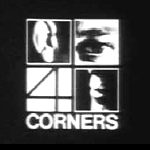 Since its modest beginning 60 years ago, Four Corners has become one of our most important outlets of journalism. It also stands as the longest-running series on Australian television.
Since its modest beginning 60 years ago, Four Corners has become one of our most important outlets of journalism. It also stands as the longest-running series on Australian television.
On Saturday, 19 August 1961, Sydney’s ABN2 broadcast the first edition of what would become a current affairs flagship, inspired by the successful BBC series Panorama.
At a time when the term ‘current affairs’ was yet to be coined, TV Week first described Four Corners as a “television newspaper”:
“Interviewer-compere, Michael Charlton, gives a round-up of the “world this week” using film, live interviews and phone calls from the news centres of the world. Four Corners is divided into three main segments: ‘The World at Large’, ‘Arts and Entertainment’ and ‘The Local Scene’. It’s this final segment which will use the American-styled ‘open end’ type of interview which could, in theory, on a ‘hot’ topic, run all night.”
That first edition, produced by Bob Raymond with a staff of six and a budget of £480, featured an interview with American astronaut Scott Carpenter. This was followed by a report on the anniversary of the Japanese surrender in 1945, Charlton’s report on the recent federal Budget, and an interview with swimmer John Konrads. The program also included an interview with American harmonica player Larry Adler, who presented a live performance.
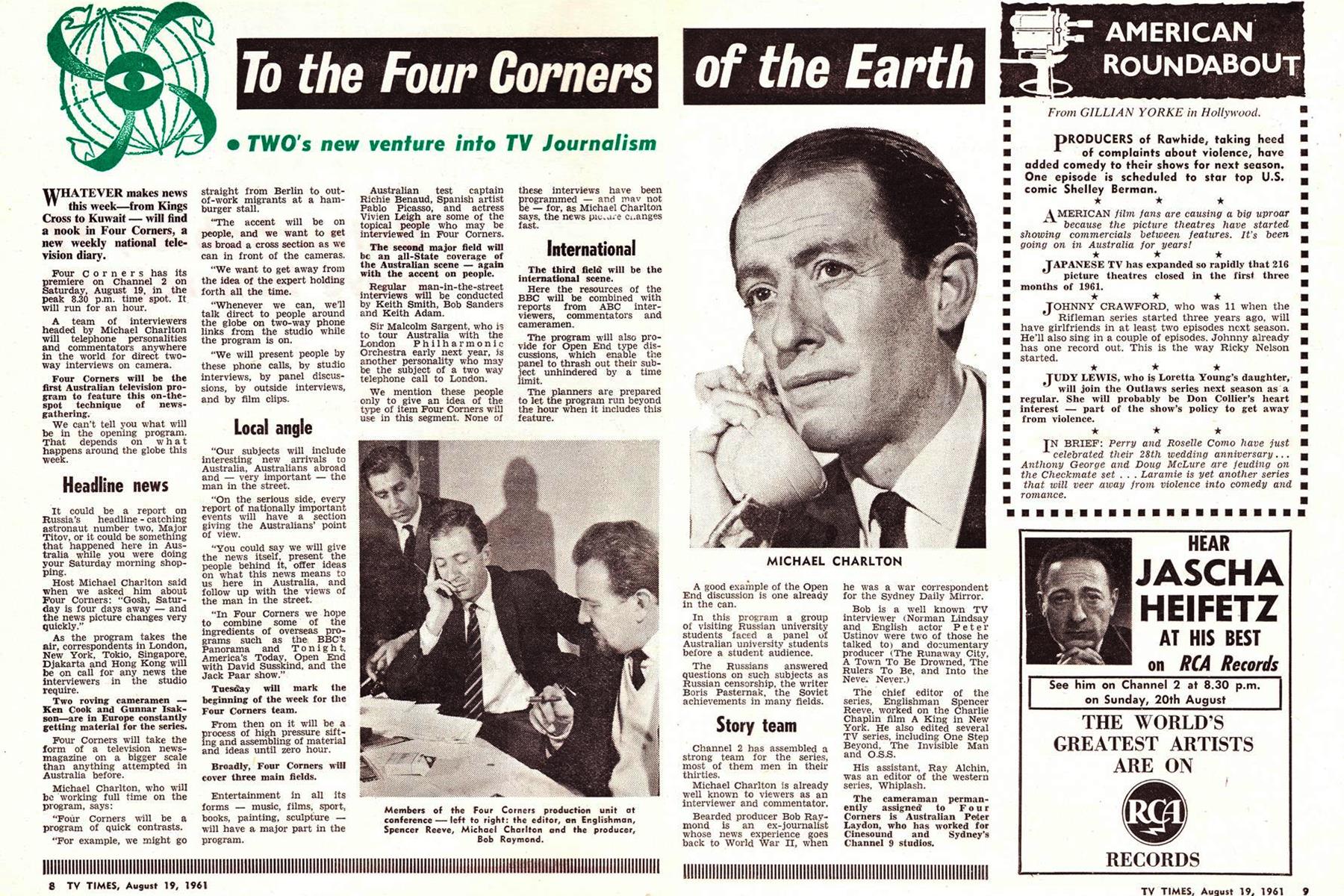
With no convenient direct connection between cities, copies of the episode had to be dispatched to other cities for local broadcast the following week. Soon after, each episode would be taped in Sydney on Fridays and then sent overnight to other cities to allow the program to go to air “simultaneously” in all states on Saturday nights.
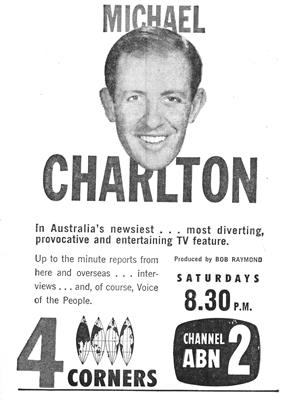
Even in its earliest days the program was having an impact in bringing issues to the mainstream. Just a few weeks after its debut, Four Corners presented an extended report on the deplorable conditions faced by those living at the Aboriginal reserve at Box Ridge, near the NSW town of Casino. It was a report that presented to many in mainstream Australia their first real insight into the treatment of Aboriginal people, and caused a public furore. It certainly would not be the last time that a Four Corners report would trigger widespread reaction. In the decades that have followed, Four Corners has uncovered cases of corruption, abuse and injustice with compelling detail.
In recent years, investigations of people smuggling networks, cruel practices in the greyhound industry, the use of shackles and spithoods on juveniles in detention, the appalling practices of the banking industry and the revelations of a toxic political culture in Canberra have shaped the national conversation.
By the end of 1962, the Four Corners crew had travelled to every state in Australia and around the world, including visits to Hong Kong, India, New Guinea, Russia, Poland, Yugoslavia, Czechoslovakia and Ireland to gather reports for the program . In the case of Russia, it was the first time an Australian television crew had been allowed into the then Soviet Union. In 1963, Charlton secured a US State Department scholarship to study television and current affairs in the United States, followed by a 12-month secondment to work for BBC’s Panorama program, while also filing reports to be sent back to Australia for Four Corners.
Despite its modest beginnings it did not take long for Four Corners to clock up its first accolades. In 1962 the show won a TV Week Logie for Best News Feature Program, and in 1963 host Charlton won the Gold Logie for the Most Popular Television Personality in Australia.
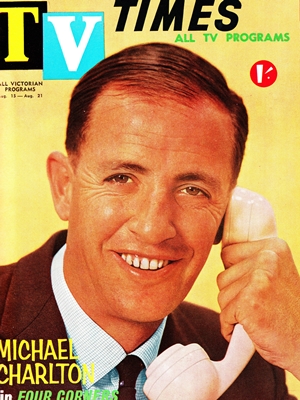
In 1992, Four Corners became the first television program to be inducted into the TV Week Logie Awards’ Hall of Fame. Since then, only four other programs have had the same recognition – Neighbours (2005), Play School (2006), Home And Away (2015) and 60 Minutes (2018).
Over 60 years, Four Corners has collected 23 Logies and 62 Walkley awards.
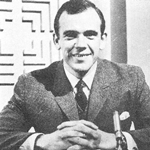 Some of Australia’s most well known and respected journalists have worked at Four Corners over its 50 years history – including Gerald Lyons, Mike Willesee (pictured), Caroline Jones, Robert Moore, Peter Couchman, Paul Lyneham, Andrew Olle, Neil Mercer, Richard Carleton, Chris Masters, Peter Luck, Ray Martin, Jeff McMullen, Mary Delahunty, Stuart Littlemore, Charles Wooley, Jenny Brockie, David Marr, Kerry O’Brien, Paul Barry, Ross Coulthart, Liz Jackson and Sarah Ferguson.
Some of Australia’s most well known and respected journalists have worked at Four Corners over its 50 years history – including Gerald Lyons, Mike Willesee (pictured), Caroline Jones, Robert Moore, Peter Couchman, Paul Lyneham, Andrew Olle, Neil Mercer, Richard Carleton, Chris Masters, Peter Luck, Ray Martin, Jeff McMullen, Mary Delahunty, Stuart Littlemore, Charles Wooley, Jenny Brockie, David Marr, Kerry O’Brien, Paul Barry, Ross Coulthart, Liz Jackson and Sarah Ferguson.
Four Corners will celebrate its 60th anniversary with a special, Four Corners: Fearless And Forensic For 60 Years. As well, a special collection of extended highlights from each decade, and selected programs, will be showcased on ABC iView and the Four Corners website.
 A series of ABC News online articles will delve behind the scenes into the controversies and taboo topics that have defined the program along with “from the vault” special moments on social media.
A series of ABC News online articles will delve behind the scenes into the controversies and taboo topics that have defined the program along with “from the vault” special moments on social media.
Four Corners: Fearless And Forensic For 60 Years, is on ABC at 8.30pm, Monday 16 August 2021 and on ABC iView.
Source: 50 Years – Aunty’s Jubilee, Tim Bowden and Wendy Borchers, 2006. TV Week, 19 August 1961, 5 January 1963, 30 March 1963, 10 August 1963. TV Times, 19 August 1961, 15 August 1962. Australian Screen, Four Corners.
[This is a revision of a post that was published in 2011]
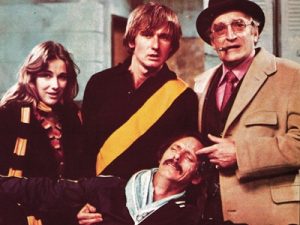
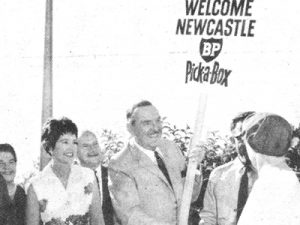
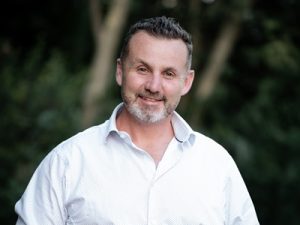
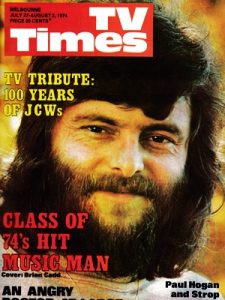
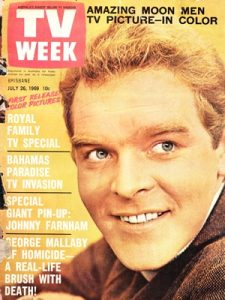
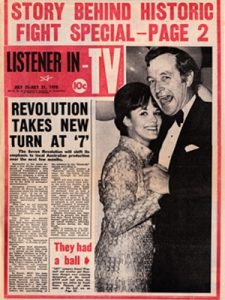
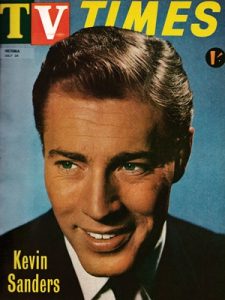
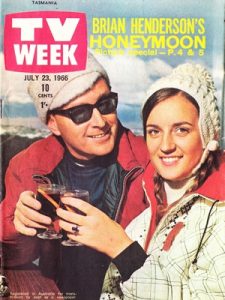
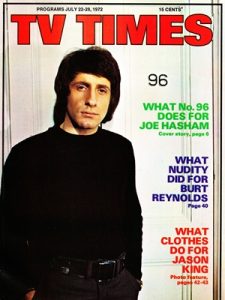
Australia would be so much poorer and worse without Four Corners. If I was asked to vote, The Moonlight State would be my favourite. I was young and I was gobsmacked. You may be too young to remember the old opening music, much lighter and brighter than now, but the theme has to match the seriousness of what Four Corners became.